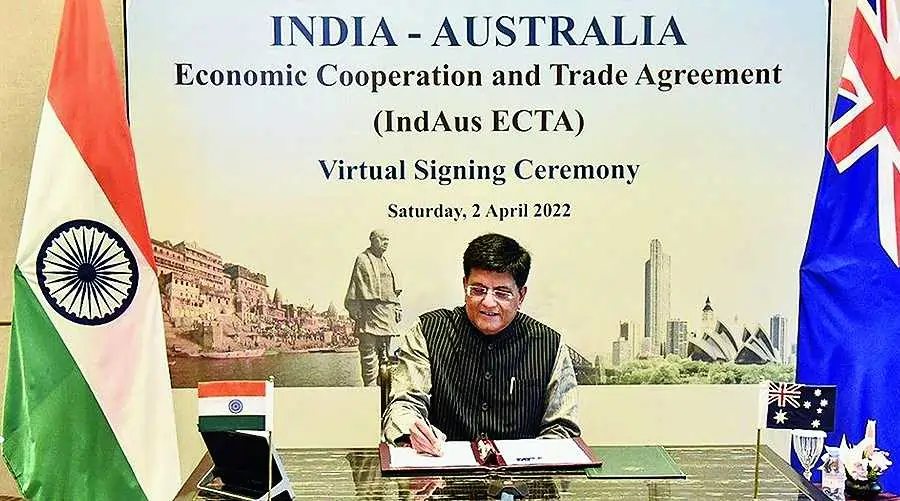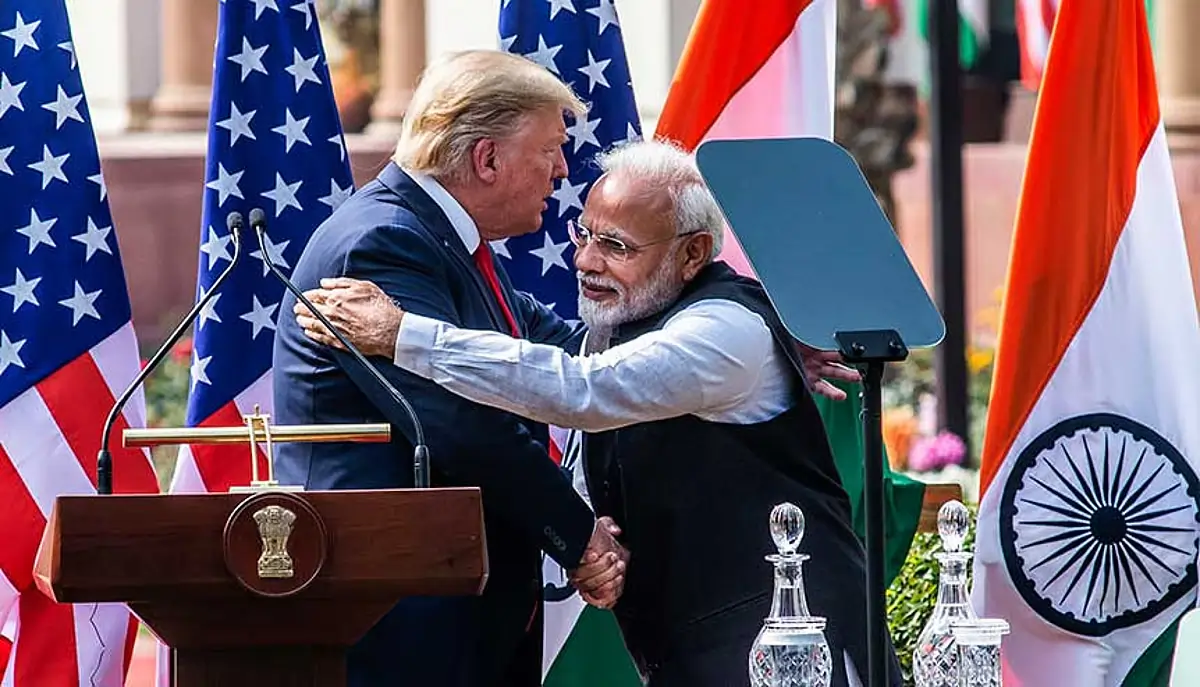In a significant development for international trade relations, the United States and India are on the verge of finalizing a comprehensive bilateral trade agreement.
This prospective deal aims to enhance economic cooperation between the two nations, offering preferential market access and addressing longstanding trade issues.
The agreement is expected to be mutually beneficial, fostering growth and stability in both economies.
Progress in Negotiations
US Commerce Secretary Howard Lutnick recently expressed optimism about the imminent finalization of the trade deal.
Speaking at the US-India Strategic Partnership Forum, Lutnick stated, “You should expect a deal between the United States and India in the not too distant future because I think we found a place that really works for both countries.

” He emphasized that early agreements tend to yield more favorable terms, suggesting that India’s proactive engagement could secure advantageous provisions.
Indian Commerce and Industry Minister Piyush Goyal echoed this sentiment, highlighting the collaborative efforts of both nations to finalize the agreement.
Goyal noted that dedicated teams from India and the US are working diligently to ensure that the deal provides preferential market access for businesses on both sides.
Key Features of the Proposed Deal
The anticipated trade agreement encompasses several critical components designed to bolster economic ties:
- Preferential Market Access: The deal aims to grant businesses from both countries enhanced access to each other’s markets, reducing barriers and fostering increased trade activity.
- Tariff Reductions: India has proposed significant tariff cuts on various goods, while seeking to protect sensitive sectors like agriculture. This approach balances liberalization with domestic industry safeguards.
- Resolution of Trade Disputes: The agreement seeks to address and resolve ongoing trade disputes, including issues related to tariffs on steel and aluminum, through bilateral discussions.
- Strategic Economic Goals: A primary objective is to increase bilateral trade volume from the current $191 billion to $500 billion by 2030, reflecting a shared commitment to deepening economic engagement.
Challenges and Considerations
While the prospects are promising, several challenges remain:
- Agricultural Sensitivities: India’s reluctance to fully open its grain and dairy markets poses a hurdle, as these sectors are vital to its economy and employment.
- Tariff Exemptions: India is seeking full exemption from the additional 26% tariffs imposed by the US on certain goods, aiming to alleviate the burden on its exporters.
- Geopolitical Dynamics: India’s historical defense ties with Russia have been a point of contention, though recent trends indicate a shift towards closer US-India cooperation.
Strategic Implications
The successful conclusion of this trade agreement would signify a pivotal moment in US-India relations, with implications extending beyond economics:

- Enhanced Bilateral Relations: The deal would strengthen diplomatic ties, fostering greater collaboration on global issues.
- Economic Growth: By reducing trade barriers, both nations could experience increased investment, job creation, and economic diversification.
- Geopolitical Influence: A robust US-India partnership could serve as a counterbalance to other global powers, promoting stability in the Indo-Pacific region.
The impending US-India trade agreement represents a significant stride towards deeper economic integration and strategic partnership.
While challenges persist, the commitment demonstrated by both nations underscores a mutual desire to forge a resilient and prosperous alliance.
As negotiations progress, stakeholders worldwide will be observing closely, anticipating the transformative impact of this landmark deal.

